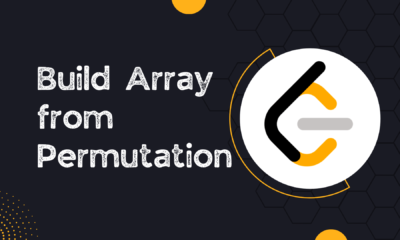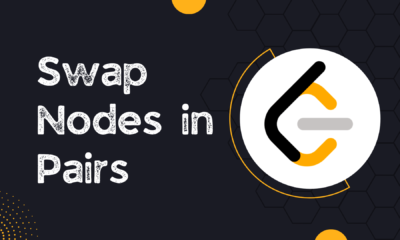Google Generative AI
Google PaLM API in Conda Environment (Google Bard API)
This AI tutorial will explore the Google PaLM API (Bard API) and learn how to install the necessary package in a Conda environment via Anaconda.
This AI tutorial will explore the Google PaLM API (Pathways Language Model) and learn how to install the necessary package in a Conda environment via Anaconda. The PaLM API enables us to generate text content, synthesize data, and even create chatbots. Before we begin, ensure you have obtained your API key from the MakerSuite platform. This tutorial guides you through setting up a Conda environment and installing the Google Generative AI package. The following paragraphs may use Google PaLM API and Google Bard API interchangeably, as Google PaLM is the language model powering Google’s advanced AI chatbot service Bard.
Creating a Conda Environment
- Download Anaconda Navigator from the official website.
- Open Anaconda Navigator and navigate to the “Environments” section.
- Click on “Create” to make a new environment.
- Name your environment and choose the desired Python version (e.g., Python 3.9.16).
- Click “Create” to generate the environment.
Installing the Google Generative AI Python Package
- Activate the Conda environment by clicking the “Play” button next to the environment’s name.
- This will open a terminal connected to your active environment.
- To use the PaLM API, we must install the Google Generative AI package. Execute the following command in the terminal, then wait for the installation to complete:
pip install google-generativeaiInstalling the Google Generative AI Python Package
- Navigate back to the Home section of Anaconda Navigator and ensure that your Conda environment is selected.
- Scroll down the dashboard and find the Visual Studio Code software option.
- If you haven’t installed Visual Studio Code yet, click the Install button.
- After installation, you will see the Launch button, allowing you to start working with Visual Studio Code in your Conda environment.
Using the Google PaLM API in Python
To start using the PaLM API, the first step is to import the Generative AI Python library and configure it by connecting your API Key to it. I have hidden the API key used in this tutorial for security reasons through the OS module. I recommend exporting the API key as an environment variable. For more information, you can look up how to export environment variables in Python or your Conda environment. You can continue with other tutorials on this blog once you learn how to export and access your API key.
import google.generativeai as palm
import os
palm.configure(api_key=os.environ['PALM_API_KEY'])Congratulations! You have successfully set up your Conda environment and installed the Google generative AI package, allowing you to use the powerful Google PaLM API (Google Bard API) for text generation, data synthesis, and more. With Visual Studio Code at your disposal, you are ready to delve into the Google Generative AI world and explore its possibilities.
In subsequent AI tutorials, we will dive deeper into the functionalities of the Google PaLM API and create exciting projects using this cutting-edge technology. Stay tuned!













